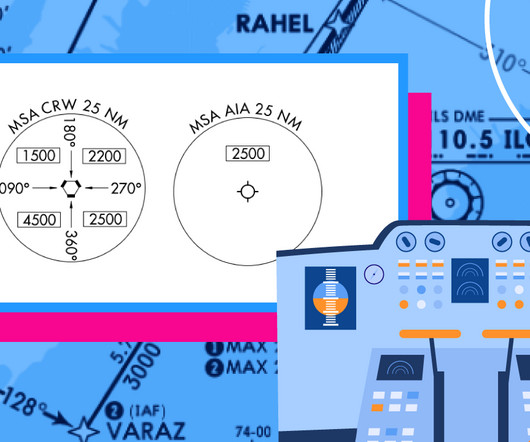Drone Lingo Simplified: Acronyms Every Pilot Needs To Know
Pilot Institute
MARCH 6, 2025
It consists of two independent components VOR and TACAN. AIRMETS – Airmans Meteorological Information An AIRMETS is a weather advisory that warns pilots about moderately hazardous conditions like turbulence, icing, and limited visibility. These conditions can affect the performance of smaller or less equipped aircraft.












Let's personalize your content